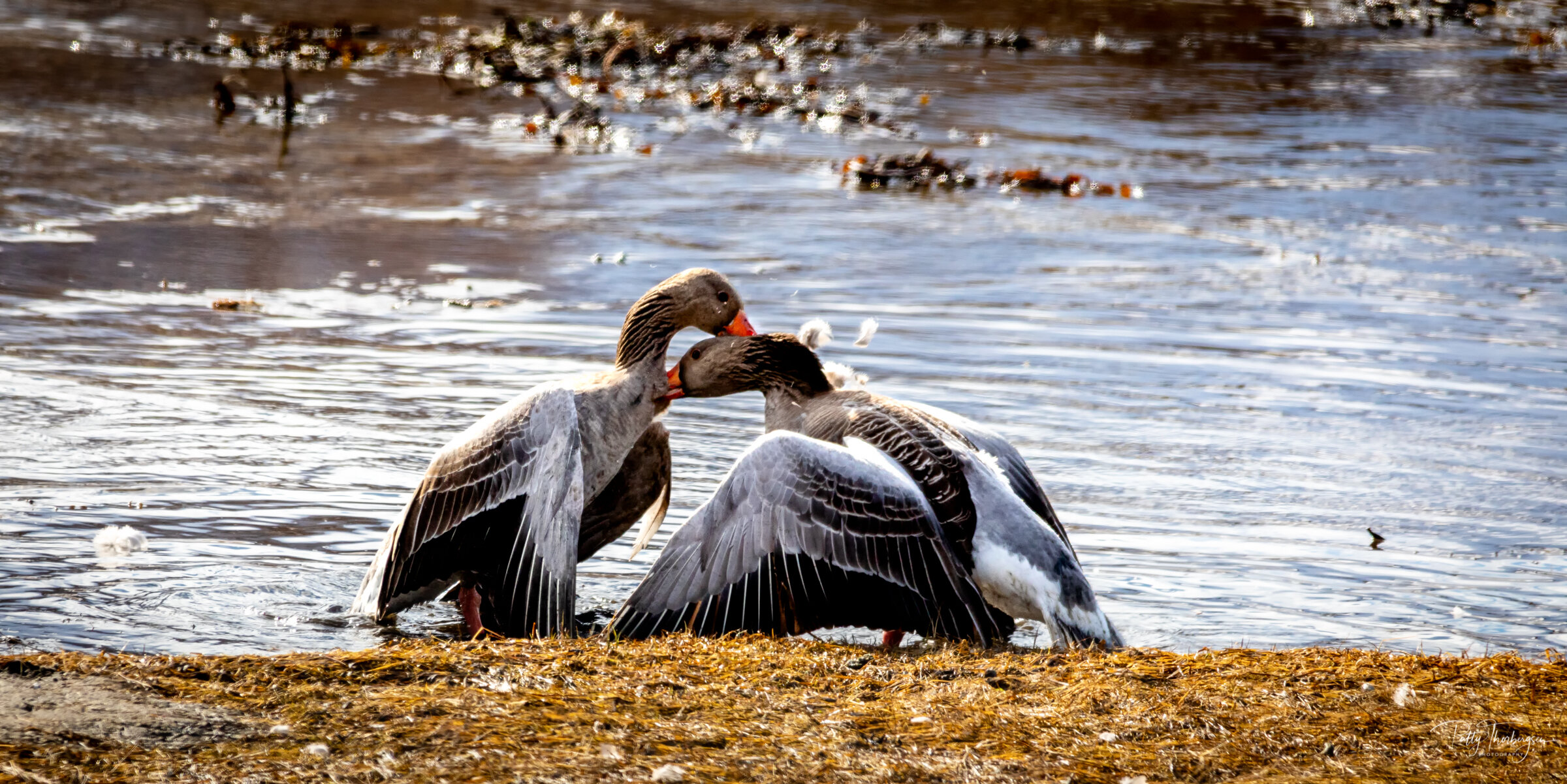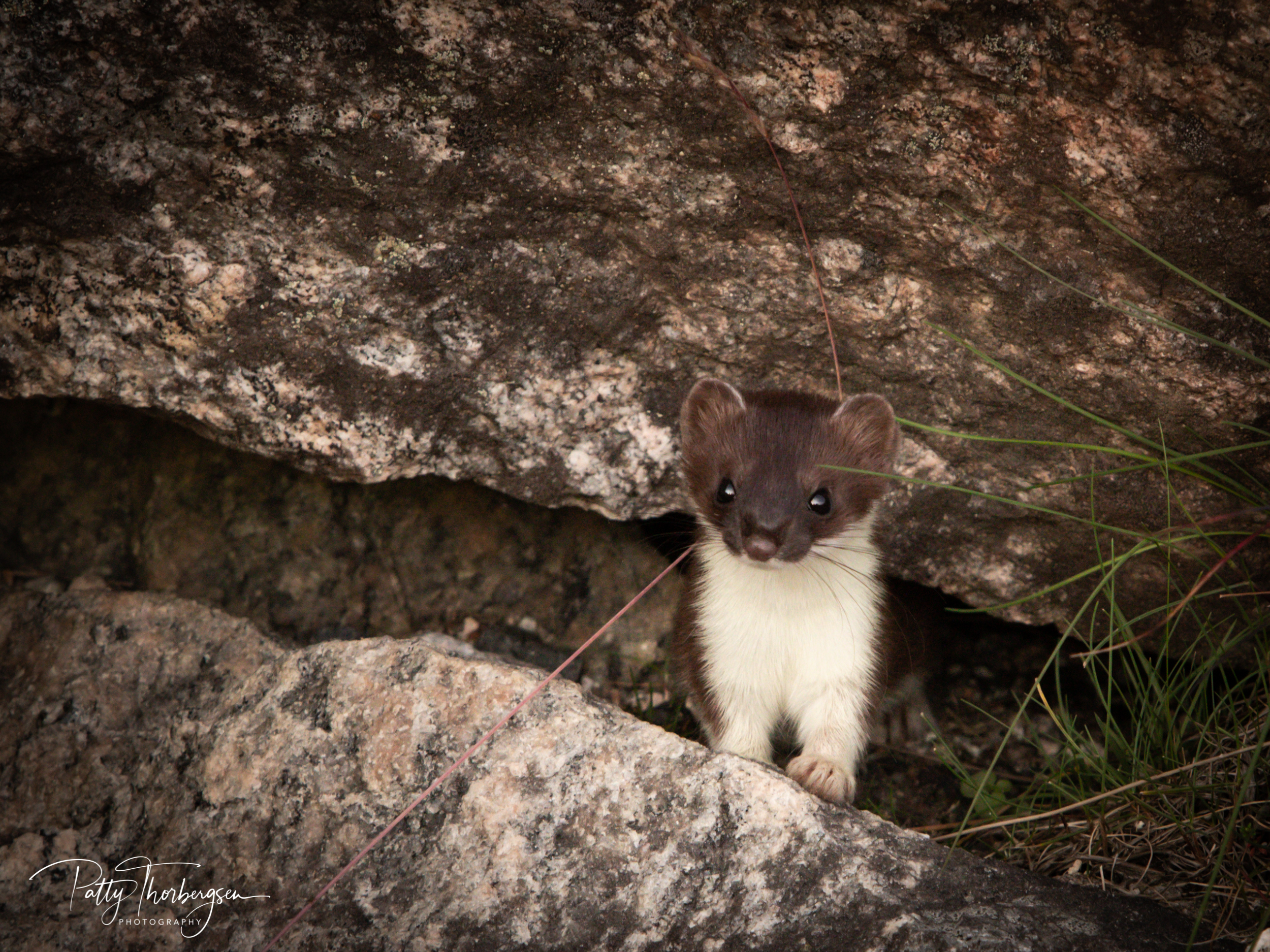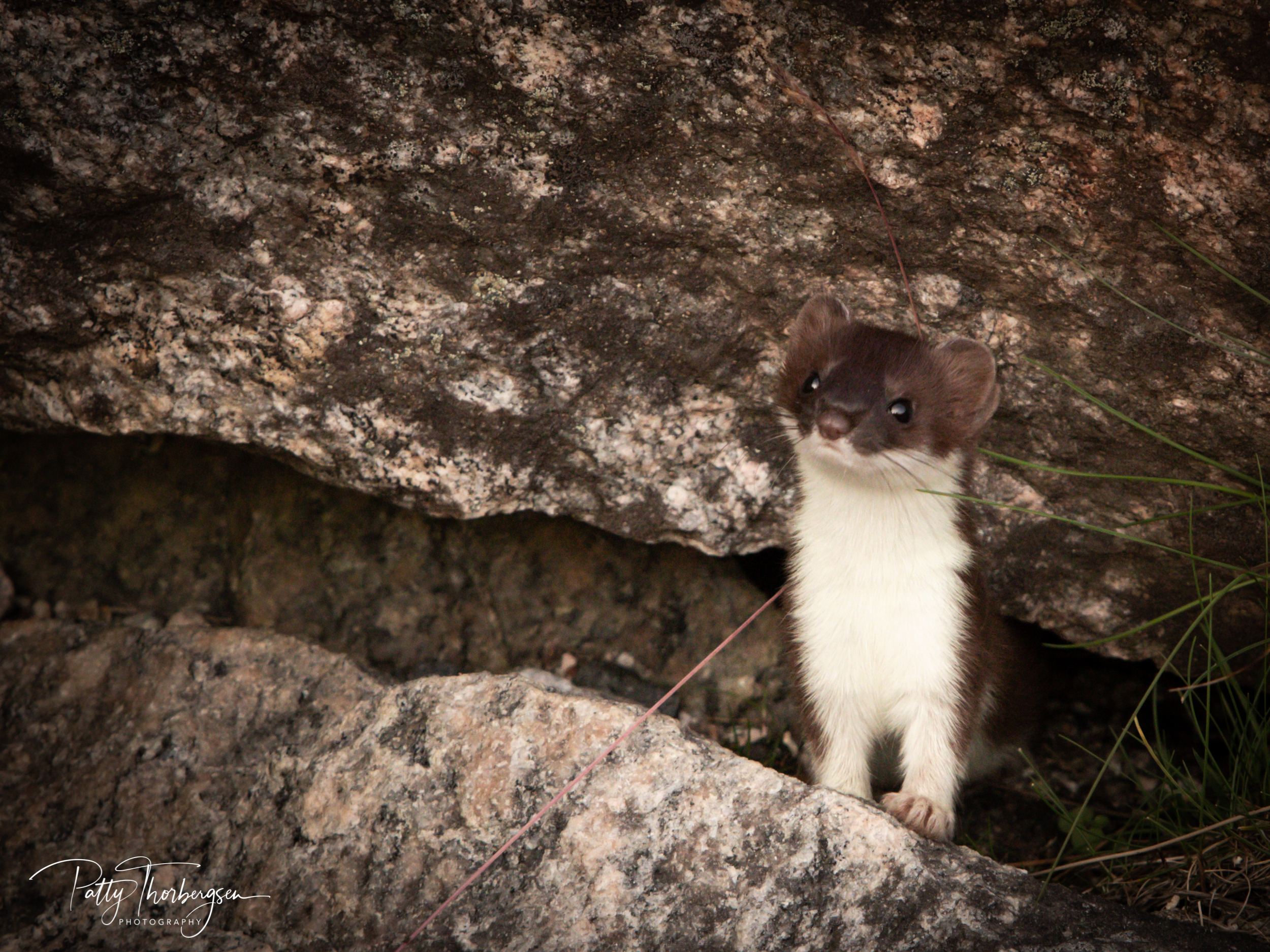The ruff (Calidris pugnax) is a medium-sized wading bird that breeds in marshes and wet meadows across northern Eurasia. The male is much larger than the female (the reeve), and has a breeding plumage that includes brightly coloured head tufts, bare orange facial skin, extensive black on the breast, and the large collar of ornamental feathers that inspired this bird's English name. The female and the non-breeding male have grey-brown upperparts and mainly white underparts. Three differently plumaged types of male, including a rare form that mimics the female, use a variety of strategies to obtain mating opportunities at a lek, and the colourful head and neck feathers are erected as part of the elaborate main courting display.
All pictures are copyright © Patty Thorbergsen All rights reserved.
To request such permission or for further enquires, please contact: patty@thorbergsen.com
THE MALE RUFF - Vesterålen, 23.05.2020
THE MALE RUFF - Vesterålen, 23.05.2020
THE MALE RUFF - Vesterålen, 23.05.2020
THE MALE RUFF - Vesterålen, 23.05.2020
THE MALE RUFF - Vesterålen, 23.05.2020
THE MALE RUFF - Vesterålen, 23.05.2020
THE MALE RUFF - Vesterålen, 23.05.2020
THE FEMALE RUFF - Vesterålen, 23.05.2020
THE FEMALE RUFF - Vesterålen, 23.05.2020
THE FEMALE RUFF - Vesterålen, 23.05.2020
THE MALE & FEMALE RUFF - Vesterålen, 23.05.2020
THE MALE RUFF - Vesterålen, 23.05.2020
THE MALE RUFF - Vesterålen, 23.05.2020
THE MALE RUFF - Vesterålen, 23.05.2020
2 MALE RUFF - Vesterålen, 23.05.2020
2 MALE RUFF - Vesterålen, 23.05.2020
CHECK THE EARLIER PICTURES in here













































































